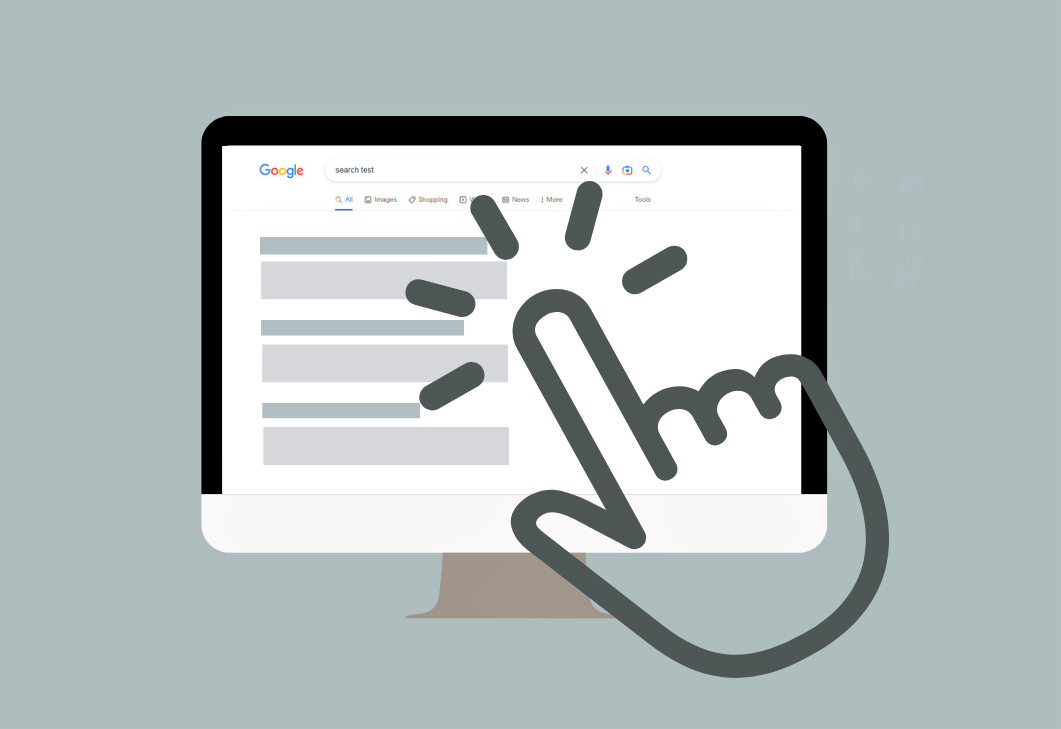
6 Ways to Increase Click-Through Rate on Google Search Campaigns
The click-through rate (CTR) for your Google search campaigns is a great way to gauge how well your ads are performing, but it can also be a bit of a mystery.
You might think that you’re doing everything right and still not see any noticeable improvement in CTR. But don’t worry! Here are some tips on how to increase your click through rate and make sure those clicks are converting into sales:
Match your ad copy with the intent of searchers
In order to increase click through rate on Google Search campaigns, you must match your ad copy with the intent of searchers. This means using keyword phrases that are most relevant to your product or service and using a call to action in your ad copy.
The headline should be relevant to the search query, as well as the description.
Use extensions
There are many ways to increase your click through rate. One of the most effective is using extensions. One of the most popular is the use of sitelinks.
Sitelinks are additional links that appear below your organic search result when someone searches for a keyword you’re targeting. They’re helpful because they provide another way for users to reach your site—and one that’s more likely to lead them right where you want them to go, since it’s highly relevant and specific. Here’s how they work: Say someone searches “fishing rods,” which means they’re looking for information about those types of fishing rods (i.e., type or brand). If we sell several kinds of fishing rods on our site, then Google will show us an opportunity by giving us an opportunity to expand our listing by providing a link showing all the different types we offer in one convenient location—in this case under “Fishing Rods” but above “Ads” (which would be paid advertising). This makes it easy for people who need more than just what’s shown in their SERPs; it gives them options other than clicking through ads at all costs!
Find the right keywords for your ads
Keywords are the words and phrases that a searcher types into Google Search to find what they’re looking for. Your goal is to use keywords that are relevant to your business, product or service, landing page and ad copy so you can reach potential customers. Think of it this way: If you’re a dog walker, “dog walking” might be an appropriate keyword. However, if you offer pet grooming services as well as dog walking services, “pet grooming near me” may be better because it is more specific and therefore more relevant to the type of customer who would hire your company.
If someone searches for “pet grooming near me,” chances are they’re looking for information about where they can take their animals for grooming services—not just any place near them that does grooming! So when creating search ads using keywords like these (or similar), include the word “near” in your ads so users know exactly what distance applies before clicking through to see which results show up on Google Maps.
Highlight promotions and/or free shipping
Promotions and free shipping are two of the most effective ways to get people to click through. If you are advertising a product that is on sale, it has a limited supply or comes with free shipping, make sure you highlight it in your ads. You can do this by using the “promoted terms” feature or by creating specific ad groups for these products/services and then creating different ads for each one.
The main thing to keep in mind here is that if you don’t have a promotion before you start advertising it, there’s no point in doing so at all because users will be disappointed when they see that there isn’t anything special about your product after all!
Test different ad variations
To test different ad variations and find out what works best for you, use Google’s free tools. For example, with the Google Ads editor you can create several ads with different headlines, descriptions and images and then choose which ones perform best to show on your search campaign. You can also see how specific features such as “universal app campaigns” perform relative to other kinds of ads by using the Campaign Performance Report.
You’ll want to change up your ad copy frequently so that users don’t get bored or annoyed by seeing the same thing over and over again (or at least not too often).
Determine your target audience
Google advertising allows you to target the audience that you want to reach. In fact, this is one of the most important factors in how well your ads perform.
Targeting refers to the process of choosing which users see your ads. The more targeted your ad campaign is, the more likely it will perform well and generate a positive return on investment (ROI).
You can use Google’s targeting features to choose who sees your ads based on demographic information such as age or location; or by behavior and interests such as people interested in parenting advice or web design tutorials. This can be done using several kinds of filters.
If you’re not targeting properly, then it is going to be difficult for you to increase your CTR. There are so many elements that go into targeting people properly, but what matters most is the audience you are looking for.
Conclusion
We hope this post has given you some insight into what it takes to increase your click through rates on Google search campaigns. We know it can be a little overwhelming, but keep in mind that there are plenty of tools available that can help guide and assist you every step of the way. At the end of the day, though, it’s important to remember that testing is key—and it takes time! You don’t want to make any drastic changes without first giving yourself time to see how those changes affect things like click-through rate or conversion rates for specific keywords.
digital marketing specialist
ABOUT THE AUTHOR
TJ Bissener
TJ graduated from the University of Minnesota Duluth with a degree in marketing. His interest in marketing grows from a design background in both computer drafting and hands on fabrication. He was part of an AMA (American Marketing Association) completion where his team won most creative marketing strategy. In his free time, he enjoys weight training, outdoor sporting activities, and following sports with the Minnesota Twins beings his favorite.





